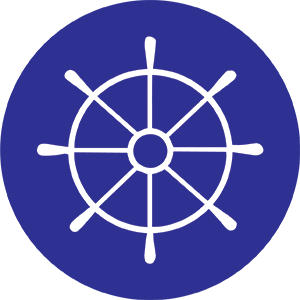V Rescue on Board – Seafarers


Decision to board the DV and options for possible intervention activities onboard are planned by the SMC and relevant experts as well as master of the DV. Immediate and initial emergency rescue actions are done by the DV crew onboard, because external SAR assistance on scene usually takes time (depending on the ship’s location). Emergency response measures are often easier and most effective to execute in the early stage. Therefore, sharing information between the DV and RCC is vital for common understanding of the situation. Even the crew is capable to control the situation, the master of the DV should inform RCC/SMC about any actions taken onboard which might have an impact on the rescue action plan and execution.
Assessing the situation and analysing risks of each phase is an ongoing, constant and dynamic action. Information from the DV is needed to understand the current status of HNS release, ongoing and planned response actions by the DV crew. Intervention possibilities are always considered according to the lates information and rescue action plan is updated accordingly. All relevant units should be informed via SITREP’s about any changes to ensure common situational awareness. Also protection and resourcing of the rescue personnel, level of PPE’s and safety of equipment is based on the lates risk assessments and hazard identifications.

Prior entering the Hot Zone and hazardous atmosphere, the emergency decontamination station should be established and tested. This can be in a SRU with a chemical capability or onboard the DV. Rescue team activities onboard are based on the rescue plan and given tasks from RCC/SMC, who again is determining the nature of intervention based on discussion and assistance requested from the master of DV and available information.
Possible tasks for boarding and intervention actions onboard could be:
- Communication support between the DV and RCC (usually the crew of DV is a relatively small organisation committed to their assign emergency response duties. A communication liaison officer from the rescue authorities side can enable more efficient communication as well as release crew for more urgent tasks)
- Risk assessment onboard and supporting the master in decision making (these could include for example Patient Triage in multiple casualty cases or provision of chemical/ emergency response action expertise e.g. MIRG -teams)
- Preventive response measures and detection (e.g. special equipment for detecting and measuring the level of toxity in the atmosphere or containing and/or blocking the leakage)
- Providing emergency first aid or assisting in emergency medical evacuation
- Assisting in ship abandoning in case of MRO.
Contigency of rescue operation and activities should always be kept in mind. Ensuring safe disembarking before boarding, decontamination facilities before entering an area with a risk of contamination and supplement provision of air before putting on chemical suits ensure safety of life while performing activities in high risk environment. Therefore, before executing an activity, think what will happen when the activity is completed.

